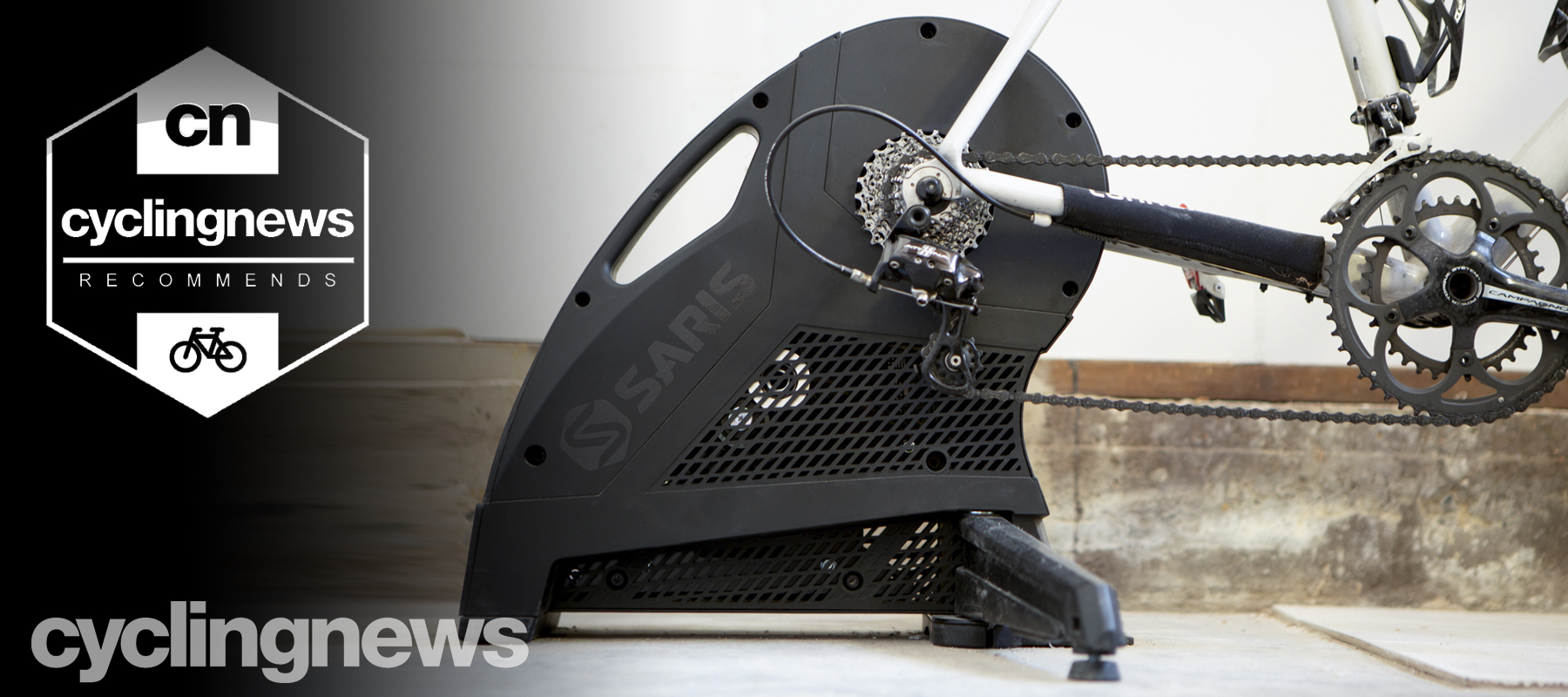Cyclingnews Verdict
The Saris H3 smart turbo trainer offers realistic pedalling feel and impressive accuracy at a price that undercuts some of its rivals
Pros
- +
Heavy flywheel provides realistic road feel
- +
Cheaper than its competition
- +
Integrated cadence
Cons
- -
Cassette not included
You can trust Cyclingnews
As cyclists of the world are collectively forced inside right now owing to the COVID-19 pandemic, many of us are finding new value in indoor cycling. What was once only a necessity for the worst winter climates is now a reality for most of the world. The best turbo trainers make riding indoors not just tolerable but a downright good time. Social distancing might mean a lot of isolation but the right tools bring group rides back, even if they are virtual.
Saris might not be the most well known smart trainer brand around but it isn't new to the space either. Launched in 2019, the Saris H3 is an evolution of the CycleOps Hammer, first released in 2016. The company underwent a name change in 2019 after selling off PowerTap to SRAM and scrapped the CycleOps moniker altogether.
Since then, there has been plenty of rebranding but also steady improvement. In the years that it's been on the market, Saris has brought refinement and value to its smart-turbo-trainer offering. Alongside its indoor trainer range, Saris also offers a selection of well-designed accessories. The TD1 trainer desk makes setting up your 'pain cave' easier and more comfortable.
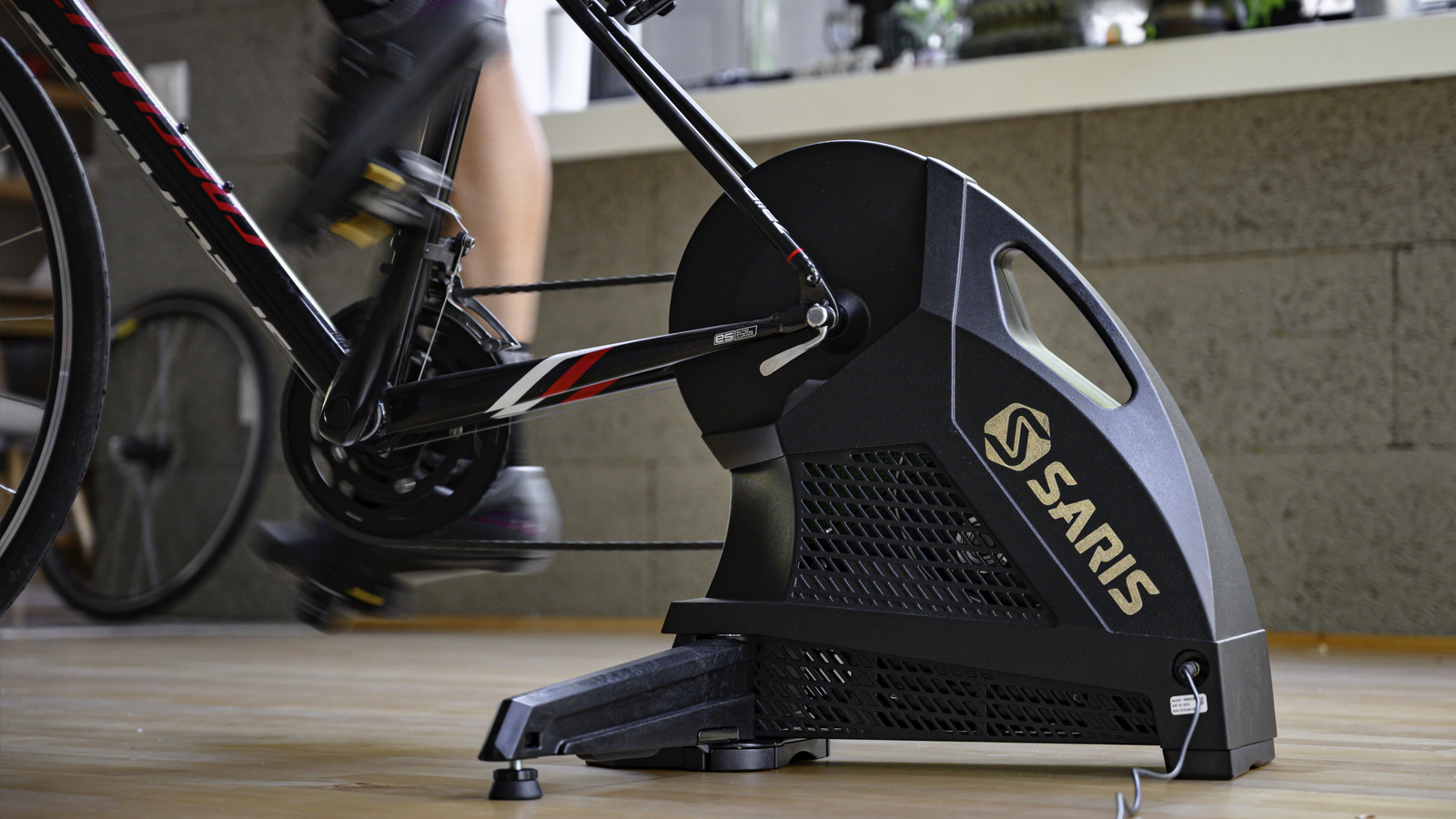

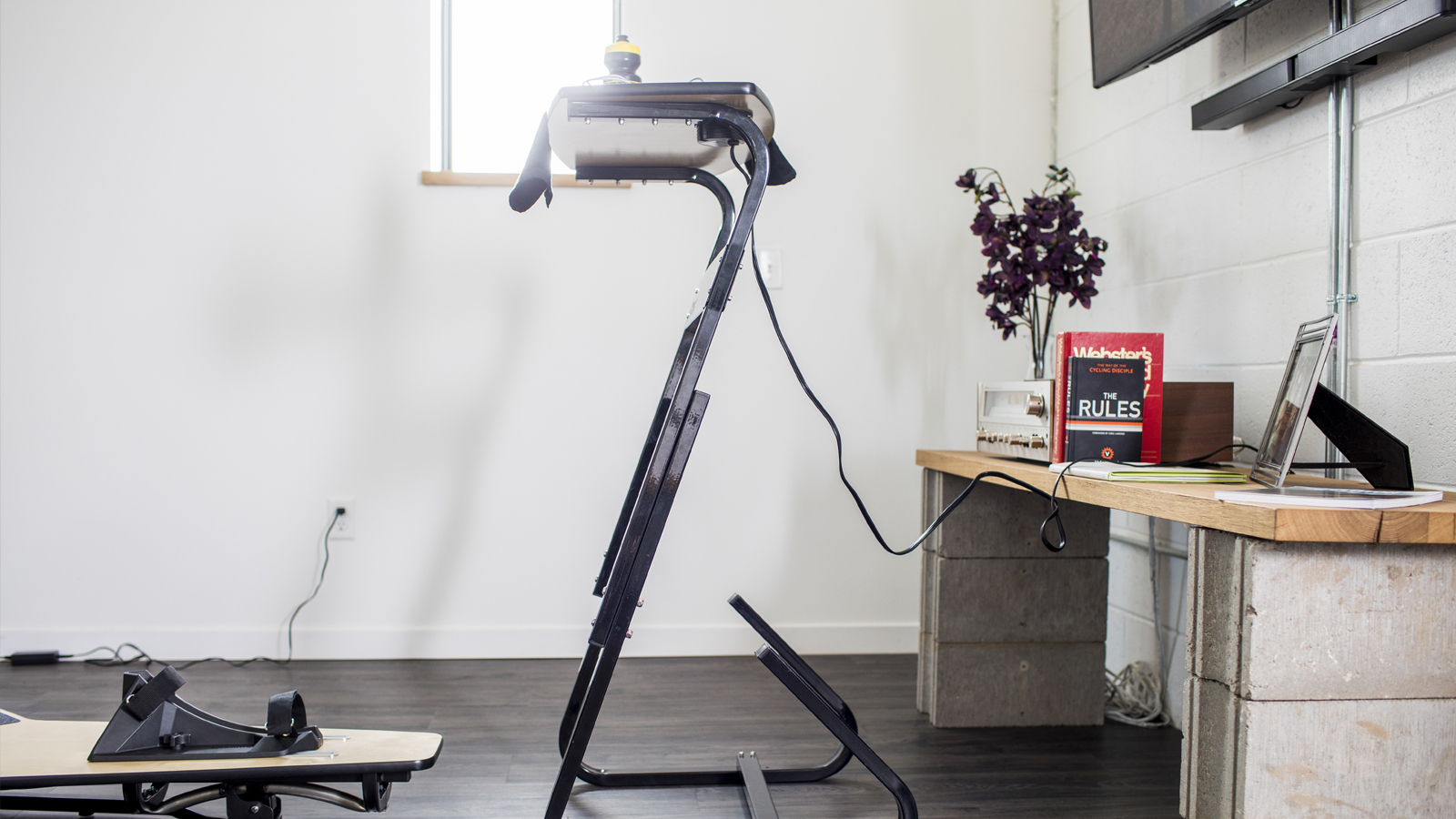
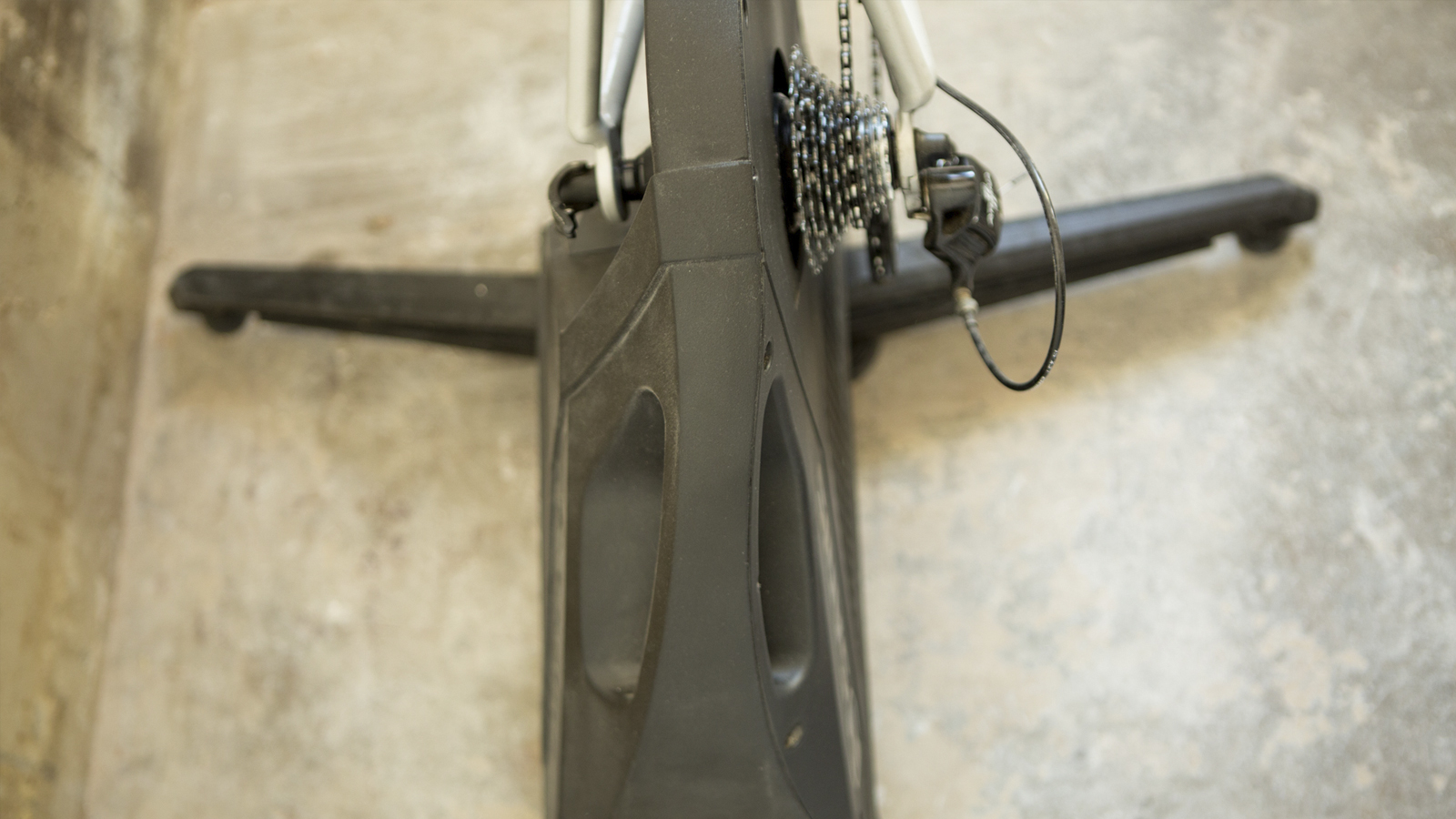
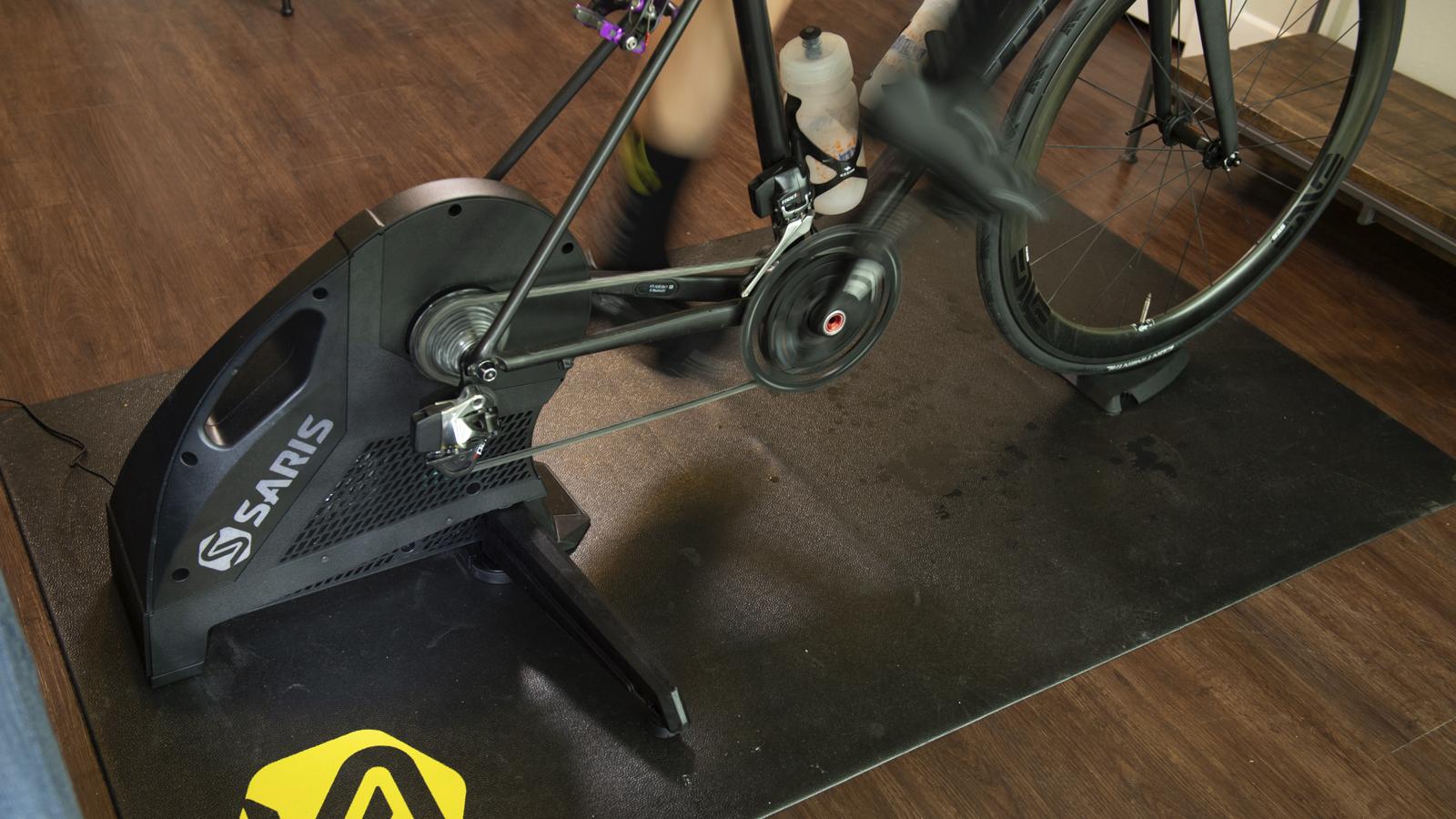
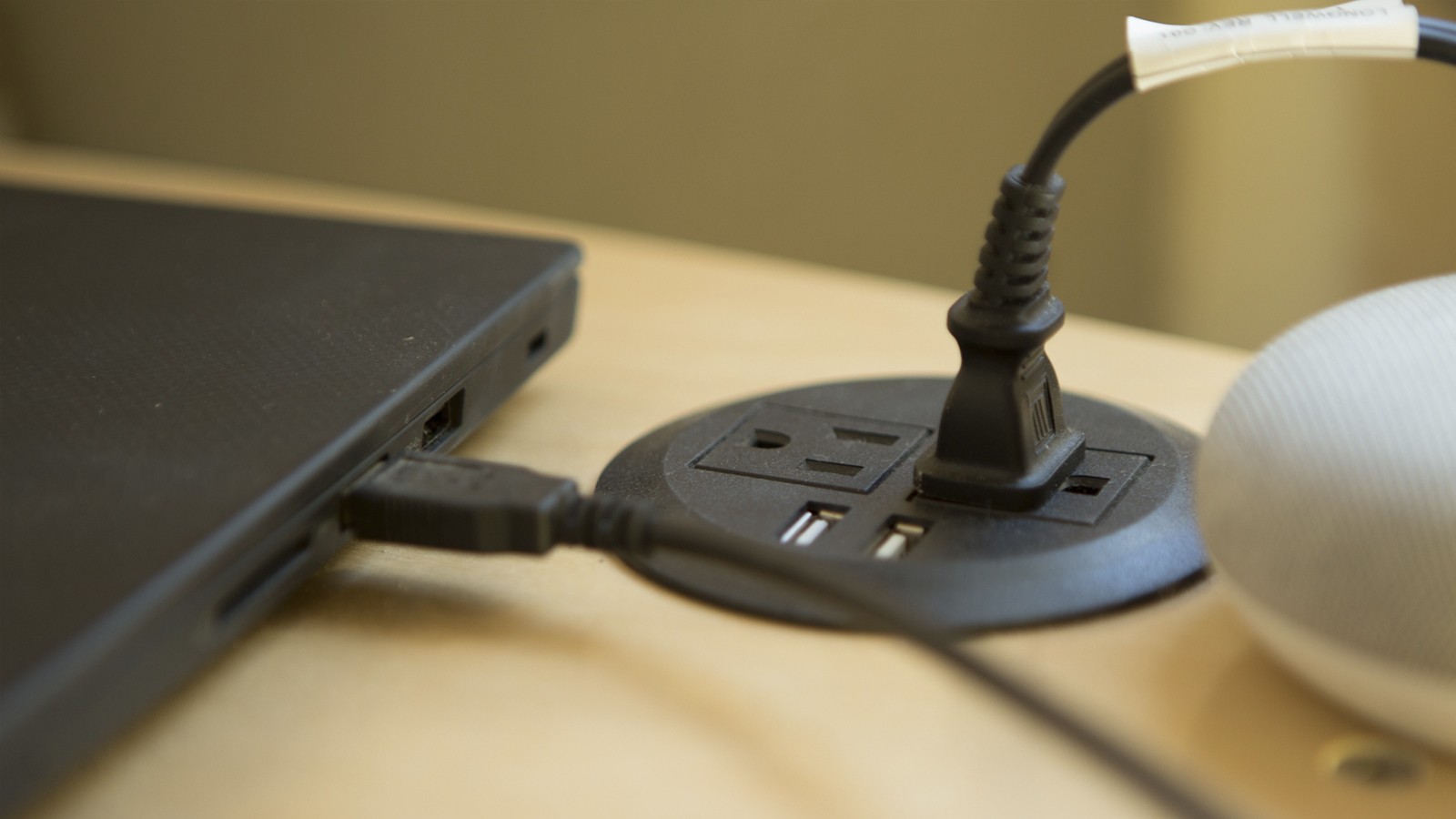
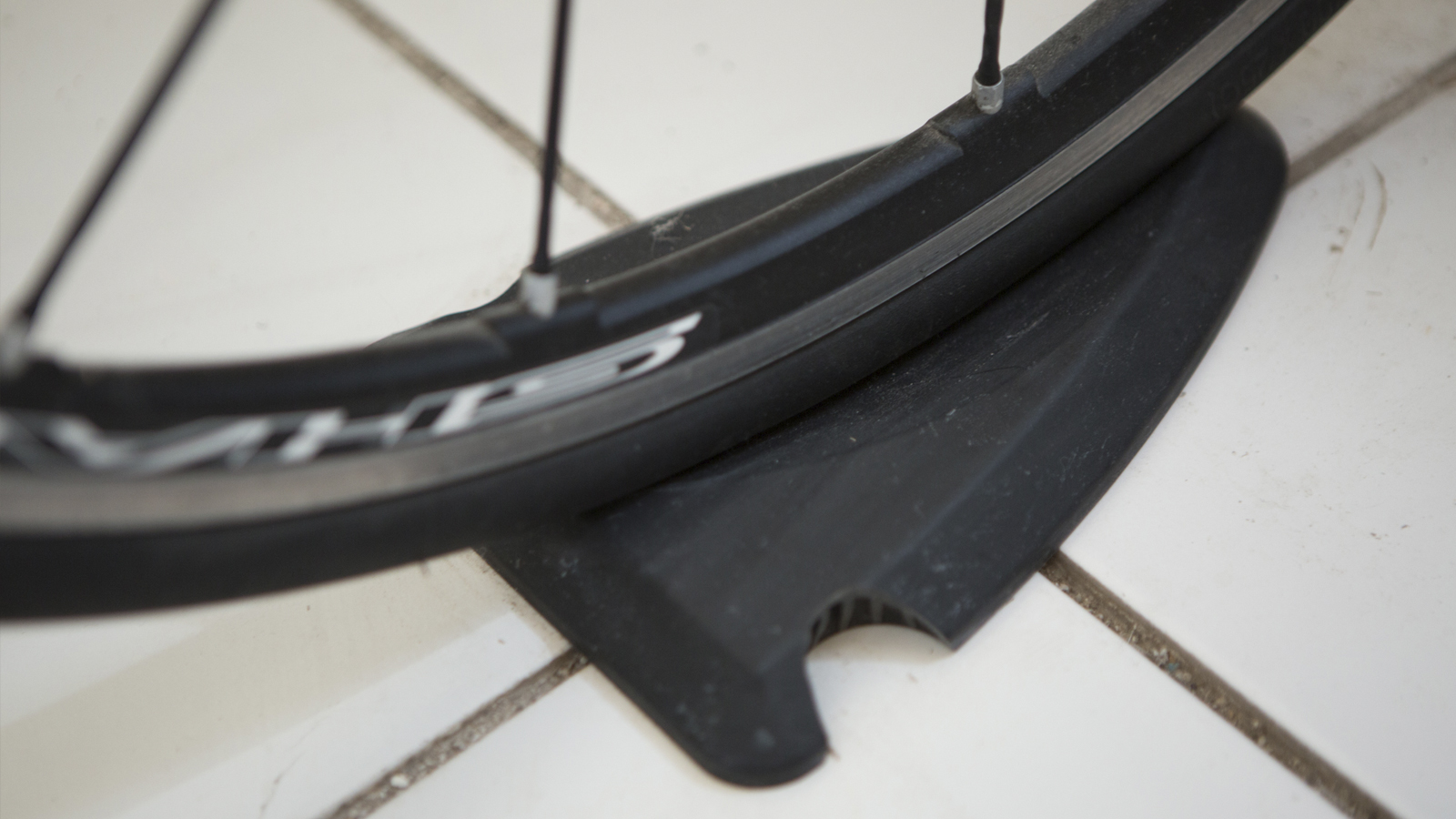
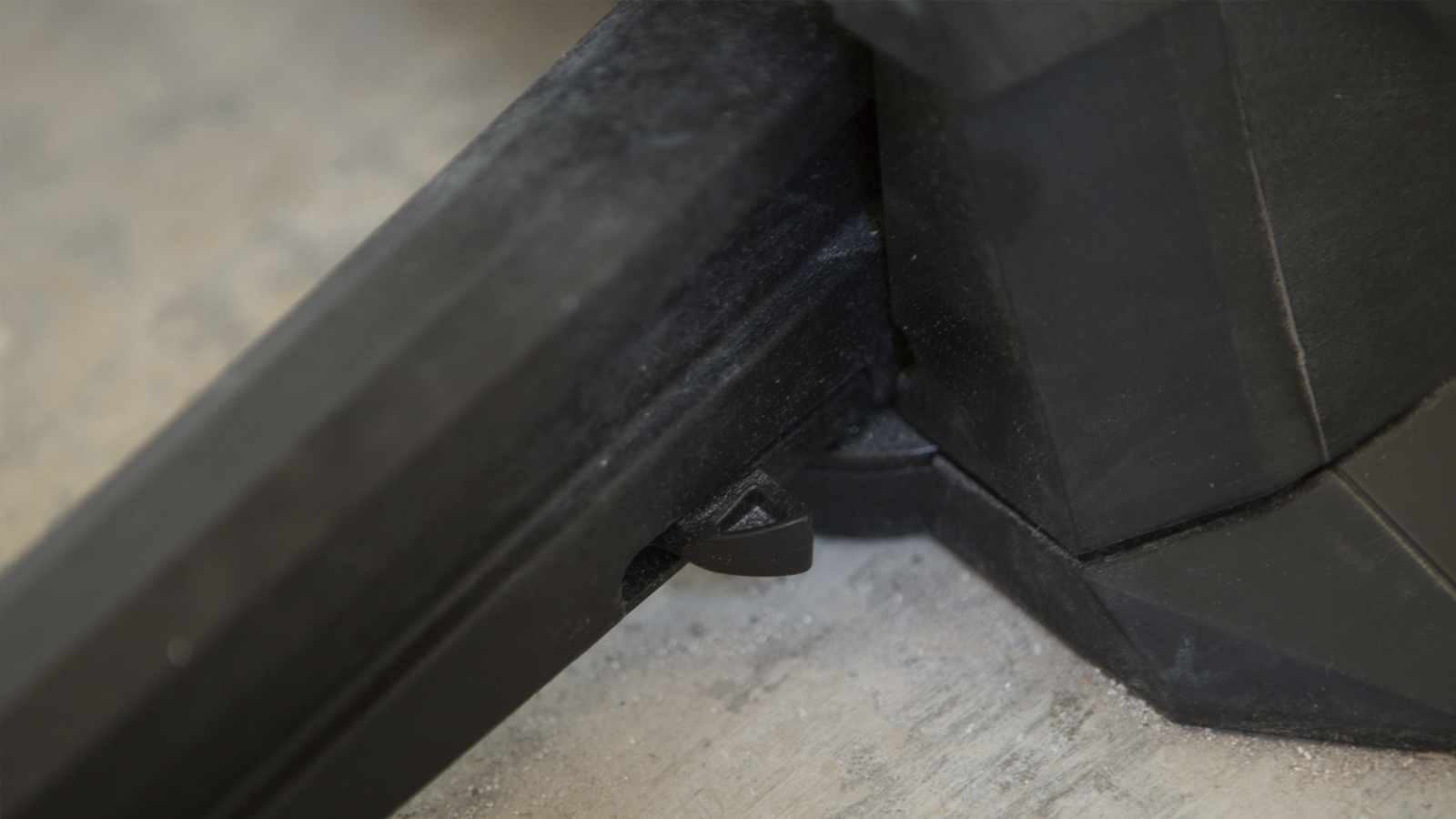
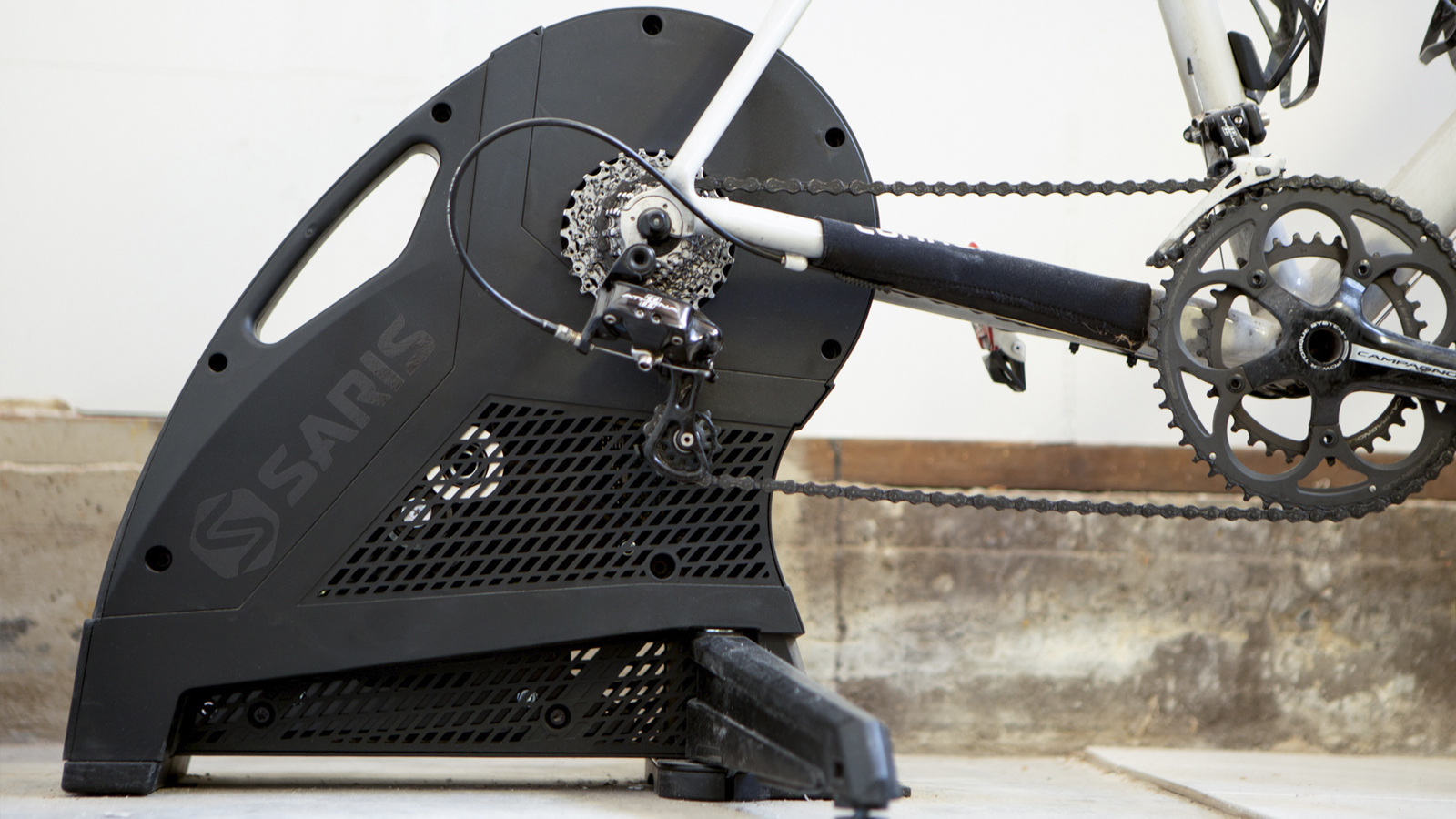
Features
The Saris H3 is a direct-drive design. Remove the rear wheel and hook your chain around a compatible cassette. Simulation of gradients as high as 20 per cent are possible and peak power is 2,000 watts. In the box, there are provisions for thru-axles, with rear-hub widths of 142 mm or 148 mm as well as 130mm or 135mm quick-release hubs. Wireless communication works with all the major indoor cycling apps over dual ANT+ FE-C and Bluetooth FTMS standards. Power is accurate to +/- 2 per cent and there's integrated cadence measurement. The list covers everything you'd expect from a turbo trainer of this level.
The Saris TD1 follows a similar formula of high quality at a good price. The frame uses steel construction with stainless steel hardware, and is adjustable from 40- to 55in from the floor. Up top, the 20-inch-wide surface is birch laminate, with a depth of 12in.
Power provisions are well thought out. In the back of the unit, there's a channel that does a good job of storing power bricks, and the tabletop houses two integrated type B power outlets and two USB outlets. Along with the other accessories in the box, there are cord retention clips as well.
Design
Unlike other turbo trainers that leave much of the design exposed, the H3 is almost entirely clad in black plastic. There are no sharp edges and everything has a place. The legs tuck into the sides, the power cable is removable and there is an integrated carrying handle in the rear. It's easy to wipe down and easy to store.
The integrated design also does a good job of keeping everything balanced and easy to move around. One of the key features of the H3 is a heavier flywheel and this makes for a smoother, more realistic road feel.
The TD1 trainer desk is not as integrated as the H3, and the design language is much more industrial in feel. With exposed hardware and solid construction, the weight is more on display than it is in the trainer. There's nothing wrong with the decision but it is a slight departure.
The TD1 desk concentrates its weight down low, with structural crossbars that add a lot of stability. Utilising a combination of airy birchwood with silver trimming and black steel, the function-follows-form approach is stable. Function follows the form, and even if adjusted as high as possible, the TD1 remains stable.
Verdict
The Saris H3's most notable feature is the 20lb flywheel. The use of a heavier flywheel contributes to a smooth and accurate ride feel.
When it comes to the TD1 desk, the biggest question hinges around "is it worth the price?" The cantilevered design of the TD1 leaves room for a fan in front of the bike while still being close enough to reach a keyboard. There's plenty of space on the top surface for a laptop, and the power outlets are convenient for charging while riding.
Using the Saris TD1 trainer desk and the Saris H3 direct-drive smart trainer together just makes sense. It's not necessary, but there is something about it that feels right, and it will help bring order to your indoor rides and workouts.
The H3 has great road feel and pricing that undercuts some competitors. Match it with a quality-built desk, in the TD1, for a complete system.
Josh hails from the Pacific Northwest of the United States but would prefer riding through the desert than the rain. He will happily talk for hours about the minutiae of cycling tech but also has an understanding that most people just want things to work. He is a road cyclist at heart and doesn't care much if those roads are paved, dirt, or digital. Although he rarely races, if you ask him to ride from sunrise to sunset the answer will be yes. Height: 5'9" Weight: 140 lb. Rides: Salsa Warbird, Cannondale CAAD9, Enve Melee, Look 795 Blade RS, Priority Continuum Onyx
